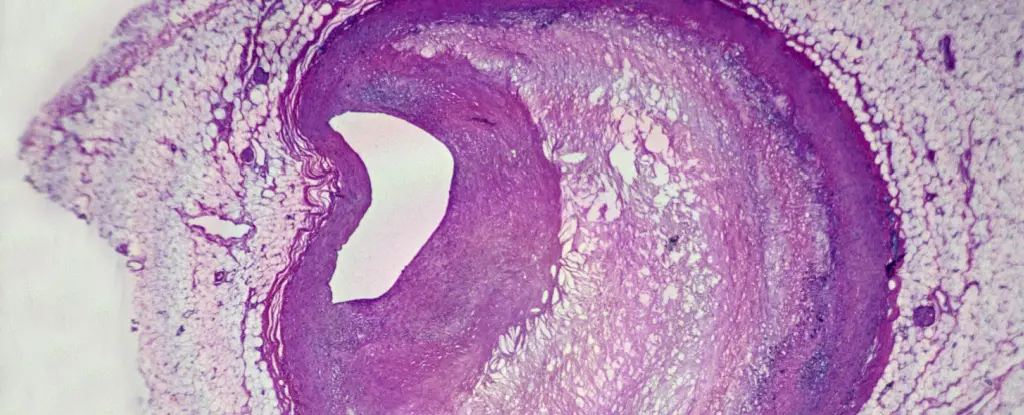In recent years, the presence of microplastics in major organs of the human body, including the placenta, has raised concerns about the potential health risks associated with these tiny fragments. Studies have shown that these microscopic particles can easily infiltrate our tissues, prompting researchers to investigate the effects of microplastics on human health. While research in mini-replicas of organs and in animal models has provided some insights into the potential impact of microplastics, the concentrations used in these studies may not accurately reflect real-world exposure levels. Furthermore, there is a lack of studies conducted in humans, making it challenging to fully understand the implications of microplastic exposure on human health.
One study conducted in Italy found microplastic shards in fatty deposits removed from patients undergoing a procedure to open up clogged arteries. The researchers followed these patients for nearly three years to assess their health outcomes. The study revealed that a significant number of patients had measurable amounts of polyethylene and polyvinyl chloride (PVC) in their fat-thickened arteries. Polyethylene is a commonly produced plastic used in various everyday items, while PVC is commonly found in water pipes, plastic bottles, flooring, and packaging. The presence of these microplastics in arterial plaques raised concerns about the potential impact on heart health, particularly given the existing evidence of microplastics triggering inflammation, oxidative stress, and heart function impairment in animal studies.
The observational study found that patients with microplastics in their arterial plaques were significantly more likely to experience adverse cardiovascular events, such as strokes or heart attacks, compared to those without detectable microplastics. The researchers used advanced techniques to measure the presence of microplastics, including nanoplastics, in the tissue samples. The analysis confirmed the presence of microplastics in the arterial plaques, highlighting the potential inflammatory effects associated with microplastic exposure. While the findings suggest an association between microplastics and cardiovascular disease, it is essential to acknowledge that other risk factors, such as smoking, physical inactivity, and air pollution, were not accounted for in the study.
Despite the significant implications of the study, it is crucial to approach the findings with caution. The observational nature of the study limits its ability to establish a causal relationship between microplastic exposure and cardiovascular health outcomes. The study did not account for all potential confounding variables that could influence the observed associations. However, the discovery of microplastics and nanoplastics in arterial plaques represents a breakthrough in understanding the potential health risks associated with these environmental pollutants. The study underscores the urgent need for further research to explore how to mitigate exposure to microplastics and address the potential health implications of widespread plastic production.
As the production of plastics continues to rise globally, it is essential to gain a comprehensive understanding of the impact of microplastics on human health. While studies like the one conducted in Italy provide valuable insights into the potential risks associated with microplastic exposure, more research is needed to elucidate the complex relationship between microplastics and cardiovascular disease. Addressing this gap in knowledge requires a multidisciplinary approach involving public health experts, environmental scientists, and healthcare professionals. By advancing our understanding of the health effects of microplastics, we can develop strategies to mitigate exposure and protect human health in the face of ubiquitous plastic pollution.


Leave a Reply